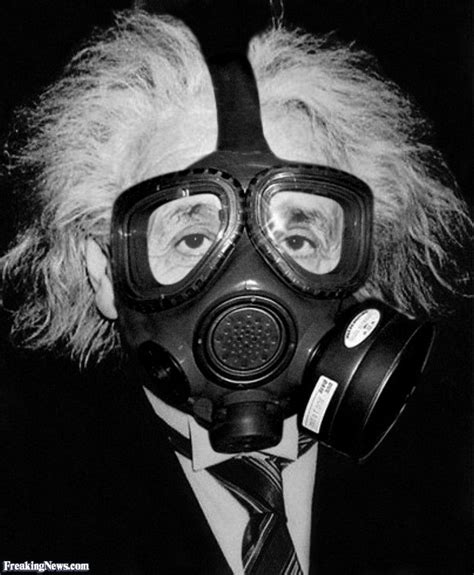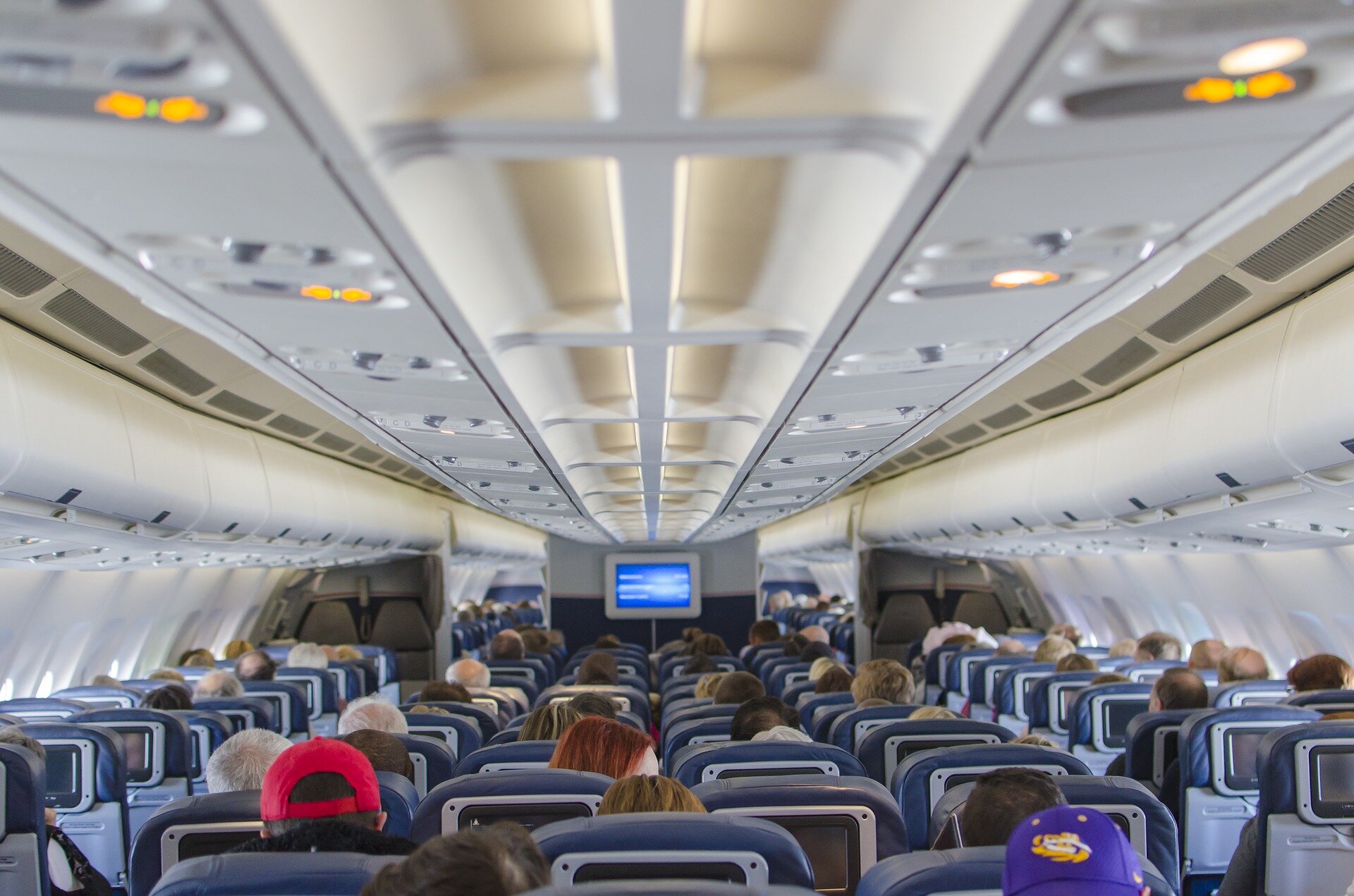While peanut allergens can be detected at very low levels in the air when shelling nuts, the dust settles quickly and can only be detected in very close proximity to the nuts, implying that very little dust circulates in the air.
What’s more, aircraft cabin ventilation systems are designed to circulate air across the aircraft, rather than along the cabin, so minimizing the potential for spreading passenger-generated contaminants through the cabin, explain the authors.
Air is completely exchanged every three to four minutes during a flight. This compares with every 10 minutes for hospitals and classrooms. In modern large commercial aircraft, around half of the air intake is recirculated air that has passed through particulate air filters which effectively remove dust, vapors, microbes, and capture aerosolized food particles at the same time. The other half comes from outside.
Still, I’d rather not have people nut into the aircraft ventilation system
Don’t kink shame me.
I actually giggled for real. Thank you.
This is silly. At some point I should take a belly panel off and show the amount of dust that builds up inside planes. We don’t even clean that out when we overhaul. Just the bits that have electrical wiring that could cause a fire. It is not ridiculous to think that some of that dust (and therefore allergens) could be recirculated into the air through the ventilation system simply because there’s not a lot except plastic/composite paneling separating passengers from it (dust covered insulating material).
Gimme my airplane peanuts back damnit.
Dry ass basic salted pretzel BS. Couldn’t even be bothered to give us some flavored pretzel options.
Counterpoint: airplane farts are the worst.
Doesn’t plane ventilation use HEPPA filters? I thought I remember hearing about that durring covid.
That’s true. That means the circulated air coming from that filter is clean. The problem is there is no air barrier between that air once it’s in the cabin, and any of the passengers, the cargo space, or behind any of the interior panels where dust builds up very fast. Peanut allergies are one of the most prevalent allergies, and can be some of the most severe, where even breathing in air contaminated with peanut oil can cause an anaphylactic reaction. People often forget that this dust gets deposited behind the panels the passengers and crew interact with and it accumulates to what I would consider to be significant levels (6-8" layers).
Is there even any evidence that allergens spread through the air at all or at least if there are sufficient quantities to make someone have an allergic reaction?
https://pmc.ncbi.nlm.nih.gov/articles/PMC10815000/
Short answer: In adults not in children. Yes. Longer answer in the link.




